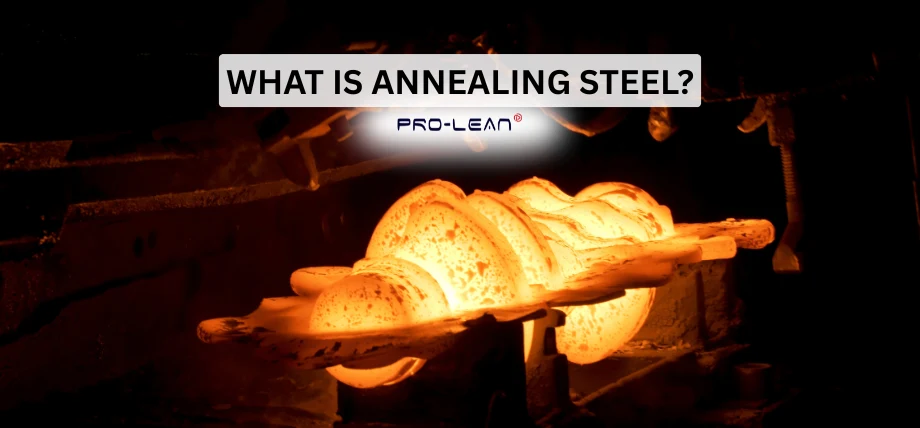
Annealing steel is a process that involves heating steel to a high temperature and allowing it to cool in a specific manner to improve its ductility and reduce hardness.
Annealing steel has become a crucial processing procedure, used across various industries to temper and improve its mechanical properties.
After reading this article, you’ll have an in-depth understanding of annealing steel, its advantages, and differences from tempering, while also giving technical insight into how annealing changes steel’s properties.
What Is Annealing Steel?
Annealing is a metal heat treatment process that involves heating steel to a critical temperature above the recrystallization temperature and below the melting point, and then slowly cooling it in a specific manner.
This highly controlled heating and cooling process alters the microstructure of steel to reduce internal stress and improve the grain structure. This turns steel into a highly workable material by enhancing its mechanical properties, such as ductility
Cold working steel can deform its grain structure and increase the internal stress of steel. In recrystallization annealing, by heating the metal to a high temperature, the annealing process forms new grains that replace the deformed grain structure.
The main purpose of annealing is to achieve a balance between hardness and ductility, reducing internal stresses to improve ductility and workability.
The annealing process requires precise control over the temperature of the material and cooling rate. As the steel is control-cooled, it stabilizes the microstructure to achieve the desired outcome of steel.
Annealing Definition
Annealing is a heat treatment process that alters the properties of steel by changing its microstructure to reduce residual stress and enhance grain growth.
The process involves heating the steel to a critical temperature, and then it is allowed to cool at a controlled rate. The slow cooling helps reduce internal stresses and prevents thermal shock or cracking during transformation.
There are three stages of the annealing process: recovery, recrystallization, and grain growth.
- Recovery: It is the first step annealing process in which the metal is heated to a lower temperature to relieve the internal stress present, without modifying the grain structure. This serves to improve the steel’s machinability.
- Recrystallization: In this stage, the steel is heated to a critical temperature called the recrystallization temperature, where new grains begin to form, replacing the old grains to increase its ductility and reduce hardness.
- Grain Growth: New grains can only grow and propagate at temperatures, so the longer the steel is held at this high temperature, however, excessive holding time can lead to larger grains that reduce strength. Varying grain formation can alter the properties of steel to suit different purposes.
The annealing of steel can vary the final properties of steel depending on processing factors such as cooling rates and temperatures. It also varies with the type of steel.
What Are the Different Types of Annealing?
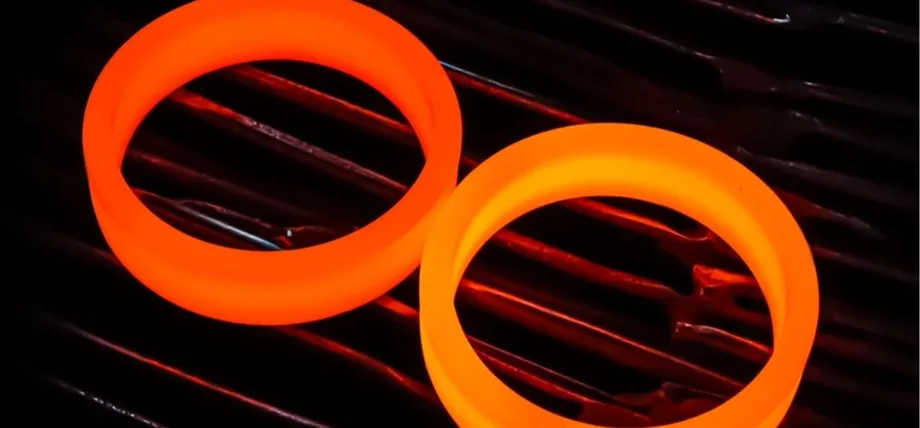
Steel rings in a furnace
Annealing is a variable process that depends on a lot of factors to produce a varying outcome. Several types of annealing processes are mainstream in modern steel industries.
The basic principle of all types involves heating metal to a high temperature and then allowing it to pass through a controlled cooling process that alters the microstructure.
The most common types include:
- Full Annealing: The process of full annealing changes the steel’s grain into a soft, ductile microstructure, which improves machinability, ideal for low-carbon steels. The process involves heating the steel to a high temperature above its critical temperature, and then it is allowed to cool slowly in a furnace.
- Subcritical Annealing: This type of annealing is commonly referred to as stress relief annealing. It involves heathing the steel to a temperature below its lower critical temperature and then cooling slowly. The process is vital to relieve residual stress caused by coldworking, without changing its microstructure. It is commonly used in jewelry making.
- Intermediate Annealing: Intermediate annealing is done between cold working. Intermediate annealing involves heating the steel to a moderate temperature to reduce hardness and restore ductility periodically.
- Diffusion Annealing: This is primarily used for alloy steels and involves high temperatures to enable the alloying elements to diffuse and form uniform microstructures within the steel. Post-processing involves allowing the steel to be cooled slowly to prevent internal stress.
- Normalize: Normalizing is a separate heat treatment process from annealing. It involves heating the steel above its critical temperature and then cooling. The process refines the grain size and enhances the hardness compared to annealing. It is used in steel preparation for heat treatments.
Each type of annealing follows the basic principle of heating and slowly cooling, but is applicable depending on the type of steel used. Each process has varying outcomes that depend on the desired properties of the steel and application requirements.
Try Prolean Now!
How to Anneal Steel?
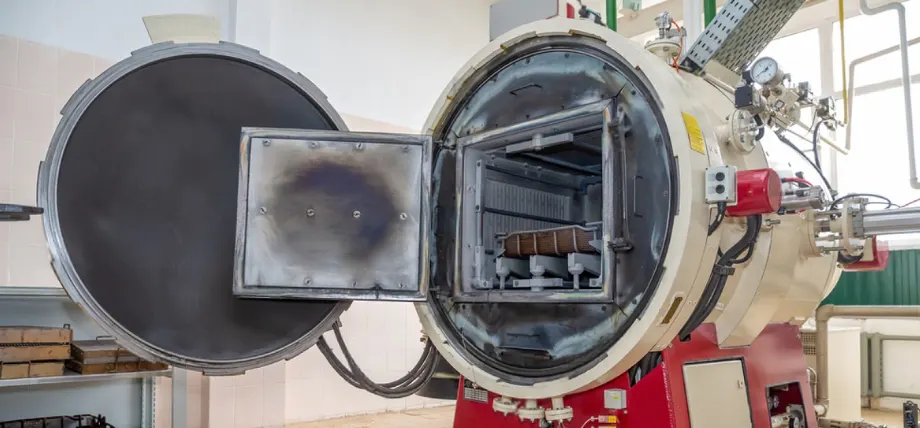
Annealing Furnace
The process of annealing steel requires careful control of temperature, time, and cooling rate. This ensures the desired microstructure and mechanical properties of the steel are achieved.
Below is a step-by-step guide to annealing steel:
- Preparation involves cleaning the steel to remove any dirt or grime that may interfere with the heating process, and ensuring the furnace is at the correct temperature and can maintain it sufficiently.
- Heating: heating the steel in the furnace to the appropriate temperature, depending on the type of steel and annealing methods. Full annealing requires the steel to be heated above the critical temperature, whereas subcritical annealing requires a lower temperature.
- Soaking: Soaking is a crucial step in the process, as it enables the steel to form a new grain microstructure. It involves holding the steel at the specified temperature for a certain duration, which depends on the steel and alloy composition.
- Cooling: Cool the steel at a controlled rate to prevent any stresses or cracking. This is usually done by allowing the steel to rest in the furnace to cool slowly to room temperature. Controlling the Cooling rates is essential to prevent the formation of internal stresses and keep the steel ductile. In the case of normalizing, the steel is air-cooled.
- Inspection: Inspection of the annealed steel is done after cooling. In this process, the steel is tested for its hardness, microstructure, and ductility.
The annealing process must be tailored to the specific alloy and application. Variations in temperature or cooling rate can significantly affect the properties of the steel.
Difference Between Annealing and Tempering

Annealing vs tempering
The following table and discussion highlight the key differences between annealing vs tempering:
| Aspect | Annealing | Tempering |
| Purpose | Softens steel and improves ductility while reducing internal stresses | Reuduces brittlenes especially for hardened steel without compromising hardness |
| Temperature | Above critical temperature (800°C–900°C). | Lower temperature; typically between 150°C and 700°C. |
| Cooling Method | Slow controlled cooling in the furnace | In air or quenching |
| Microstructure | Ductile microstructure that has fine grains | Modifies martensitic structure |
| Application | Enhances machinability and can be used before machining steel | After machining and quenching to balance properties |
Purpose: Annealing is a process that is used to increase the workability of the steel by improving its ductility and reducing the internal stresses.
Temperature: Annealing involves heating the steel to a higher temperature above its critical temperature and then cooling it slowly.
Tempering uses a lower temperature, and the cooling process uses slow air cooling.
Microstructure: The annealing process results in a ductile microstructure with refined grains.
Tempering changes the martensitic structure of hardened steel by reducing hardness and increasing toughness.
Application: The annealing process is done before machining to improve the steel’s workability. Tempering is done after quenching to achieve the desired mechanical properties for the steel.
Both heat treating processes are used in combination to achieve the best result possible from steel components.
Try Prolean Now!
Benefits of Annealing
There are several benefits of annealing steel, which make it an essential process in the steel industry.
Some key advantages include:
- Improved Ductility: Annealing enables steel to be formed without cracking, by improving its ductility, which is suitable for complex shapes and designs.
- Reduced Hardness: Steel annealing reduces its hardness, improving machinability, making it easier to work with. It also reduces wear on tools.
- Stress Relief: Cold working and rapid cooling of steel can cause internal stresses to build up. Annealing can relieve the stress and improve the microstructure.
- Microstructure: The annealing process results in a uniform microstructure by forming new grains in the steel, improving the properties of the steel.
- Enhanced Workability: Annealed steel reduces production costs and improves efficiency in manufacturing processes because it is easier to cut, weld, and form.
- Homogenization: For alloy steels, annealing can homogenize the microstructure, ensuring consistent properties throughout the material.
Conclusion
Annealing steel is a crucial process that is used across various industries to make steel suitable for a wide range of tasks and applications. This heat treatment process reduces the hardness of steel and increases its workability by relieving stress.
The process of annealing is done by maintaining the temperature of the steel just above its critical temperature, and then controlling the cooling rate until the steel reaches room temperature.
The process makes steel more versatile for a wide range of applications, ranging from the automotive industry to the aerospace industry.
There are various types of annealing, with some of the most common types used in modern industries being full annealing, subcritical annealing, and diffusion annealing due to their flexibility and versatility. These varieties are suited to different alloys and manufacturing methods.
Tempering revolves around balancing hardness and ductility, whereas annealing softens the steel and improves its machinability and microstructure.
There are numerous benefits of annealing, and to properly utilize them, having an in-depth understanding of the process of annealing is crucial, as it allows you to take advantage of the properties of steel.
Metal Heat Treatment Service
Prolean-Tech offers metal heat treatment for manufactured parts. Annealing can enhance the durability of your parts by heating the material to its critical temperature and then slowly cooling.
Contact us today to optimize your material properties.

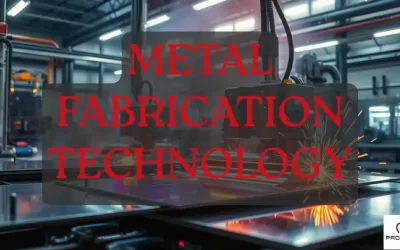
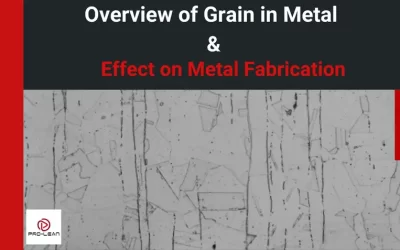
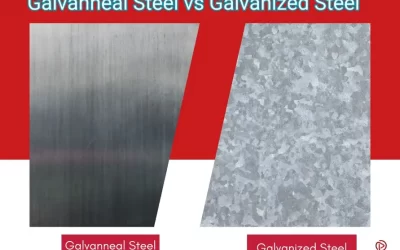
0 Comments